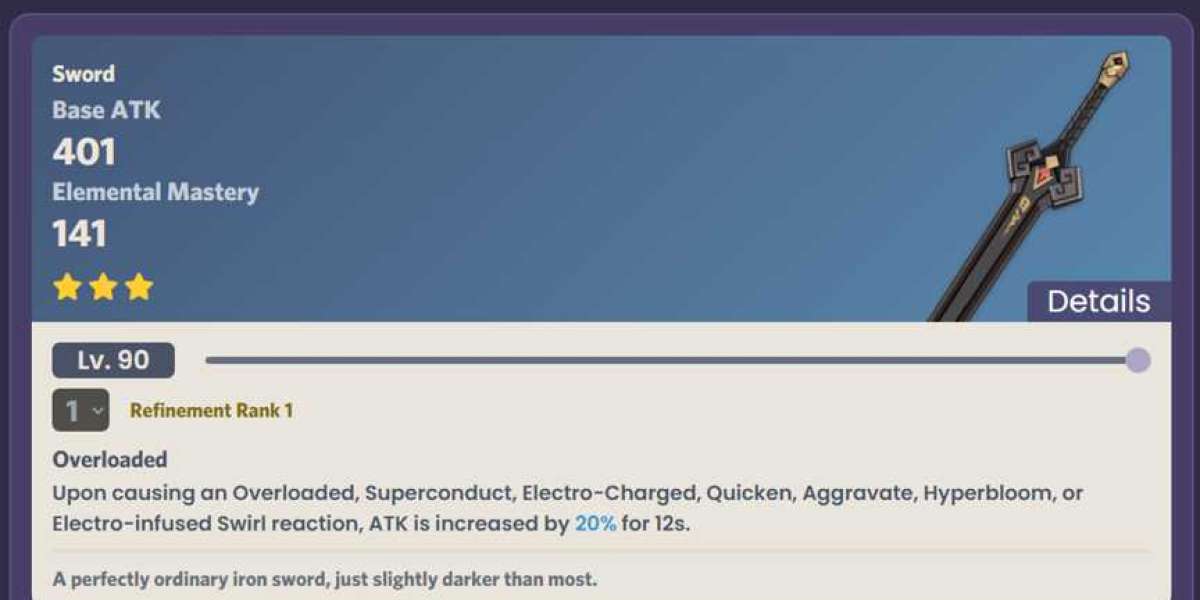When it comes to firearm customization, the choice between a flat trigger and a curved trigger can significantly impact your shooting performance. Both options have their unique advantages, and understanding the differences can help you make the best choice based on your personal preferences and shooting style. In this article, Flat vs. Curved Trigger: Which One Is Better for Your Shooting Experience. We will delve deep into the difference between flat and curved triggers, analyzing their pros and cons, and providing you with the necessary insights to enhance your shooting experience.
Flat and Curved Trigger: Pros and Cons
Flat Triggers have become increasingly popular among shooters for their minimalist design and enhanced functionality. A flat trigger is essentially a straight-edged trigger with a flat surface, providing a consistent pull across its length. Many precision shooters prefer flat triggers due to the more consistent feel it offers across the entire trigger face.
Pros of Flat Triggers:
- Consistent Finger Placement: Flat triggers provide a uniform surface, allowing your finger to naturally find the same spot for every shot, leading to improved accuracy.
- Better Leverage: Since a flat trigger doesn’t curve inwards, it offers slightly better leverage, potentially reducing the perceived trigger pull weight.
- Modern Aesthetic: Flat triggers are often seen as more modern and sleek, which might appeal to shooters who prefer a contemporary look.
- More Control for Precision Shooting: For competition shooters or those engaging in precision shooting, the flat trigger offers better control over the exact point of release.
Cons of Flat Triggers:
- Less Comfortable for Some: The flat surface can feel unnatural to shooters who are accustomed to traditional curved triggers, especially during extended shooting sessions.
- Requires Adaptation: For shooters used to curved triggers, transitioning to a flat trigger might involve a learning curve as the tactile feedback is different.
Curved Triggers, on the other hand, are the traditional choice for most firearms and remain a popular option for a wide range of shooters. The gentle curve of the trigger is designed to fit the natural contour of the finger, providing comfort and familiarity to the user.
Pros of Curved Triggers:
- Ergonomic Design: The curved trigger’s natural shape conforms to the finger’s contour, offering a more comfortable feel during extended use.
- Intuitive Feel: Many shooters find curved triggers more intuitive to use since they align naturally with the hand’s mechanics, reducing the chances of misplacing the trigger finger.
- Proven Design: Curved triggers have been the standard for decades and are widely trusted by both military and civilian shooters.
- Widespread Availability: Curved triggers are far more common and available in a variety of firearms, making them easier to source and more universally accepted.
Cons of Curved Triggers:
- Less Consistent Contact Point: The curvature of the trigger means the contact point of your finger can vary slightly from shot to shot, which could affect accuracy for highly precise shooting.
- Potential for Uneven Pressure: The natural curvature can sometimes cause uneven pressure distribution across the trigger face, potentially leading to a less consistent pull compared to flat triggers.
Difference Between a Flat Trigger and Curved Trigger
The most apparent difference between a flat and curved trigger is the shape of the trigger blade. While the flat trigger has a straight profile, the curved trigger bends inward, creating a more natural resting spot for your finger. However, beyond the physical shape, there are other functional differences worth noting:
- Trigger Control and Feel: A flat trigger provides a consistent feel across the entire trigger face, which can lead to more precise control. On the other hand, a curved trigger’s design helps guide your finger into a more specific spot, making it more intuitive for some shooters.
- Perceived Trigger Pull: Flat triggers often give the shooter more leverage, making the pull weight feel lighter than it actually is. This can be beneficial for shooters who prefer a lighter trigger feel for rapid-fire situations.
- Shooting Applications: Flat triggers are preferred by competitive and precision shooters who need consistent finger placement and fine control. Curved triggers are more commonly found in self-defense, hunting, and general-purpose firearms due to their comfort and ease of use.
Flat Trigger vs. Curved Trigger: Which One Should You Choose?
Choosing between a flat and curved trigger depends largely on your shooting style and personal preferences. If you prioritize accuracy and consistency, especially in a competitive or precision shooting environment, the flat trigger may be the better option for you. It provides a uniform surface, better leverage, and greater control over the trigger pull.
On the other hand, if you prefer a comfortable, ergonomic feel, and you’re used to the natural curve of a traditional trigger, the curved trigger is likely a more comfortable and intuitive choice. It’s an excellent option for shooters who engage in long shooting sessions or those who prioritize familiarity and ease of use.
Curved Triggers vs. Flat Triggers: What We Recommend
At Binary Trigger, we often recommend flat triggers for target shooting and competitive shooting due to their precision and control benefits. However, for shooters who are looking for a more traditional setup for general-purpose use, or those who prefer a comfortable shooting experience during extended sessions, a curved trigger may be the better option.
If you are unsure about Curved Triggers vs. Flat Triggers which one is best for you, it’s worth trying both types. Many shooters find that experimenting with both flat and curved triggers helps them decide which option feels more natural in their hands and improves their shooting performance. The choice between flat and curved triggers is highly personal, and what works best will vary depending on the type of shooting you do and your unique preferences.
Conclusion: Flat Trigger vs. Curved Trigger
Whether you choose a flat or curved trigger, both designs offer distinct advantages that can boost your overall shooting experience. At Binary Trigger, we provide a wide selection of high-quality triggers designed to meet the needs of every shooter. Visit us at 150 Patriot Dr, Pittston, PA 18640, United States, or call (601) 207-3513 to explore our range of trigger options and find the perfect match for your firearm setup.
Make the most out of your shooting experience by selecting the right trigger—whether it’s flat or curved, the choice is yours!



